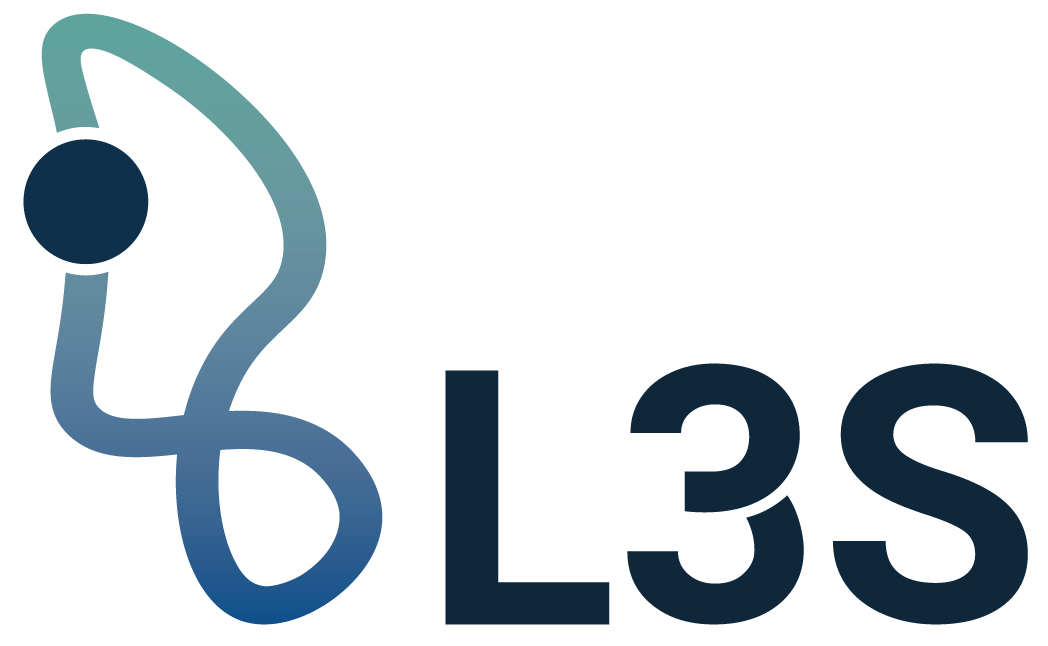|
so:text
|
The usual and basic Keynesian answer to recessions is a monetary expansion. But Keynes worried that even this might sometimes not be enough, particularly if a recession had been allowed to get out of hand and become a true depression. Once the economy is deeply depressed, households and especially firms may be unwilling to increase spending no matter how much cash they have, they may simply add any monetary expansion to their board. Such a situation, in which monetary policy has become ineffective, has come to be known as a "liquidity trap"; Keynes believed that the British and American economies had entered such a trap by the mid-1930s, and some economists believed that the United States was on the edge of such a tap in 1992.
The Keynesian answer to a liquidity trap is for the government to do what the private sector will not: spend. When monetary expansion is ineffective, fiscal expansion—such as public works programs financed by borrowing—must take its place. Such a fiscal expansion can break the vicious circle of low spending and low incomes, "priming the pump: and getting the economy moving again. But remember that this is not by any means an all-purpose policy recommendation; it is essentially a strategy of desperation, a dangerous drug to be prescribed only when the usual over-the-counter remedy of monetary policy has failed. (en) |

